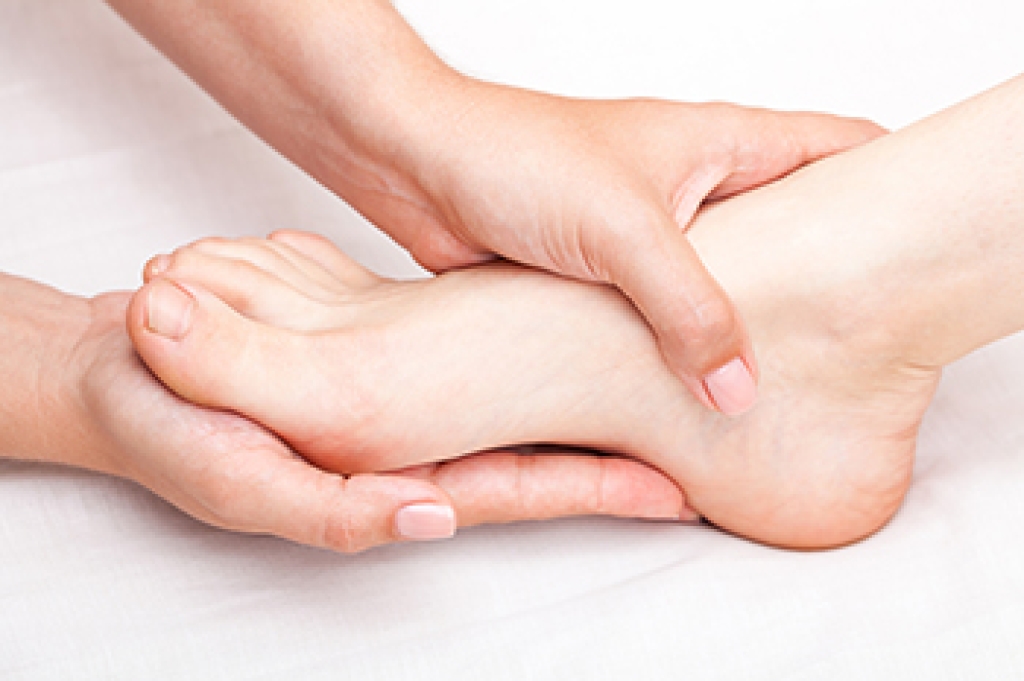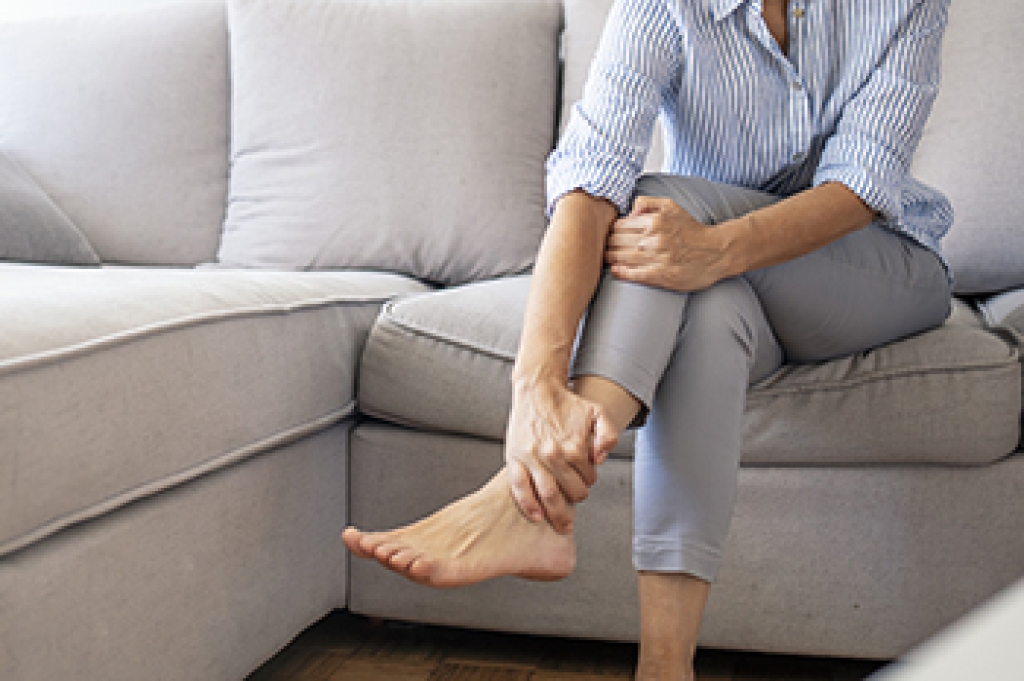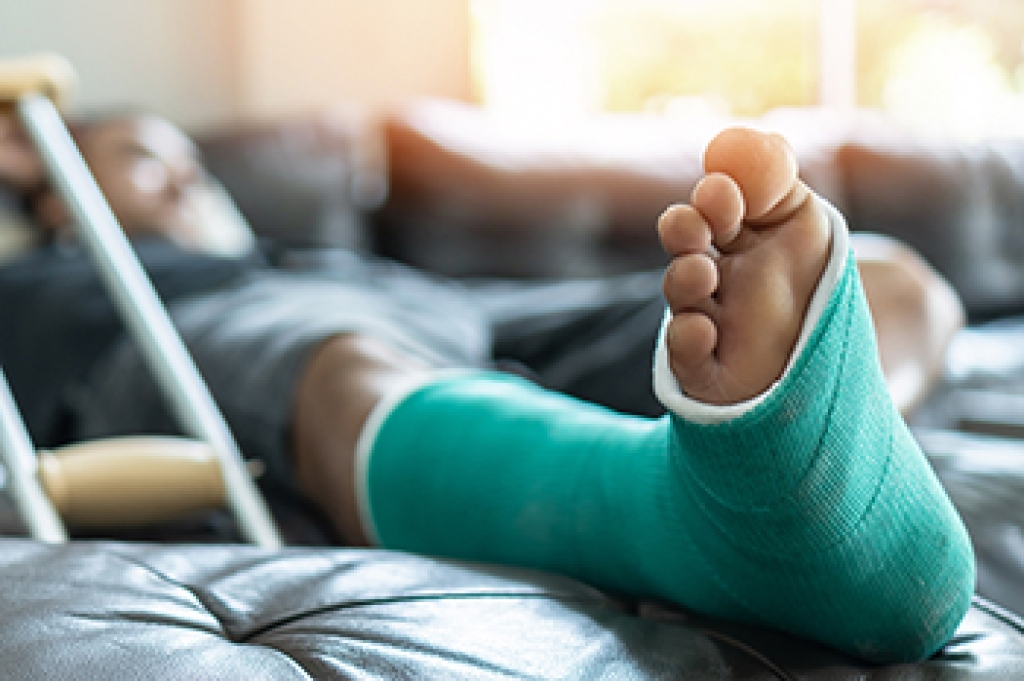
There are many different kinds of doctors practicing across the country that specialize in one particular area of the human body. Such specialization facilitates the development of expertise and mastery in the specific kinds of afflictions that are particular to that area of the body. Podiatrists, for example, specialize in the human foot. Therefore, they have developed an expertise in the kinds of conditions that primarily impact the feet. Conditions such as plantar fasciitis, heel spurs, cuboid syndrome, athlete’s foot, and so many other foot afflictions are commonplace to podiatrists. Podiatrists, or DPMs, can not only identify these foot afflictions, but they can, more importantly, treat these conditions in patients. Therefore, the next time that you find yourself experiencing some kind of foot affliction, consult a podiatrist and schedule an appointment. This foot specialist will be able to use their expertise to help you solve your problem.
If you are experiencing pain in the feet or ankles, don’t join the stubborn majority refusing treatment. Feel free to contact Dr. Castillo from Bronx Foot Care. Our doctor can provide the care you need to keep you pain-free and on your feet.
What Is a Podiatrist?
Someone would seek the care of a podiatrist if they have suffered a foot injury or have common foot ailments such as heal spurs, bunions, arch problems, deformities, ingrown toenails, corns, foot and ankle problems, etc.
Podiatric Treatment
A podiatrist will treat the problematic areas of the feet, ankle or lower leg by prescribing the following:
- Physical therapy
- Drugs
- Orthotic inserts or soles
- Surgery on lower extremity fractures
A common podiatric procedure a podiatrist will use is a scanner or force plate which will allow the podiatrist to know the designs of orthotics. Patients are then told to follow a series of tasks to complete the treatment. The computer will scan the foot a see which areas show weight distribution and pressure points. The podiatrist will read the analysis and then determine which treatment plans are available.
If you have any questions, please feel free to contact our offices located in Bronx, NY Yonkers, NY . We offer the newest diagnostic and treatment technologies for all your foot care needs.




